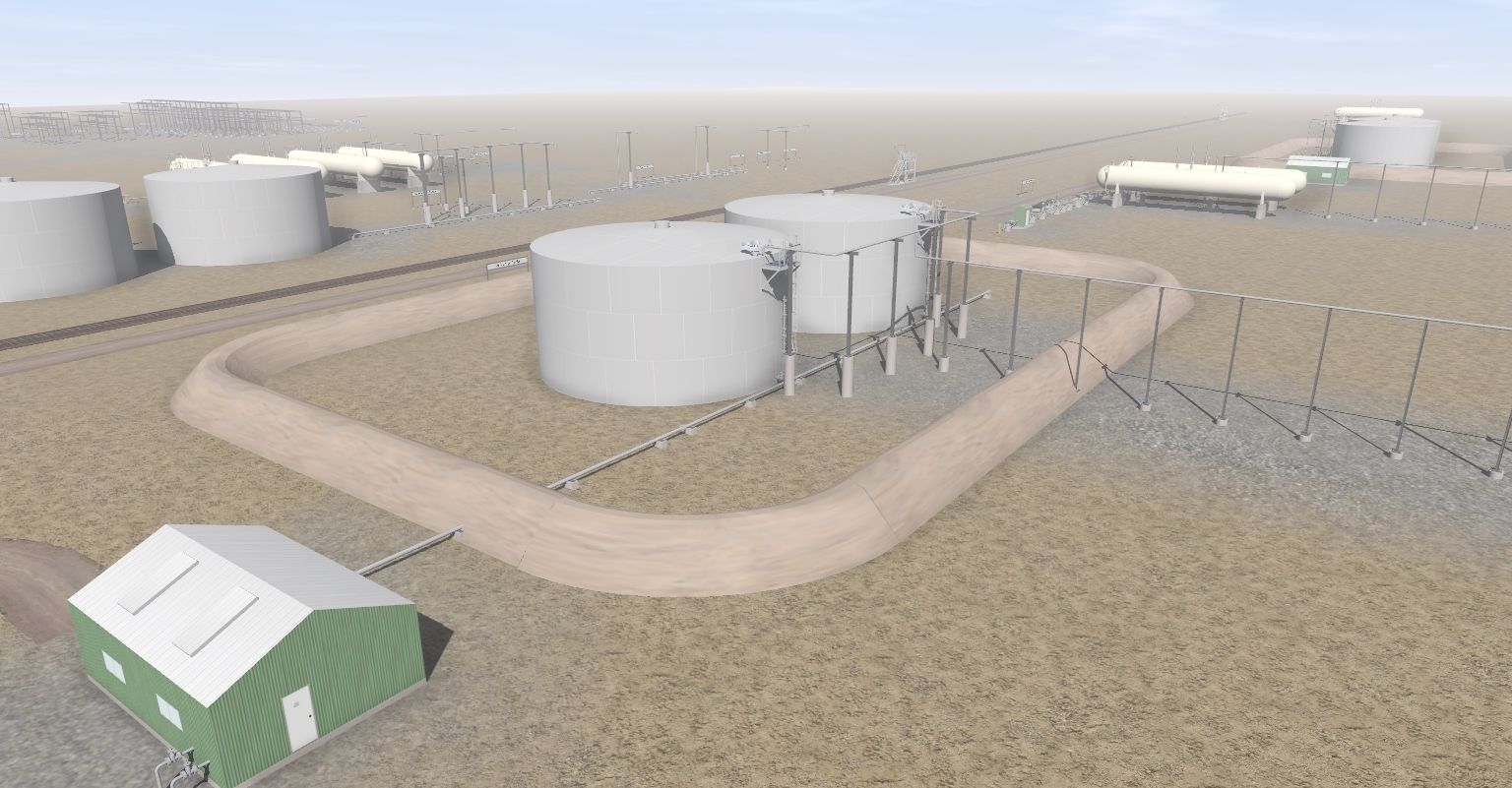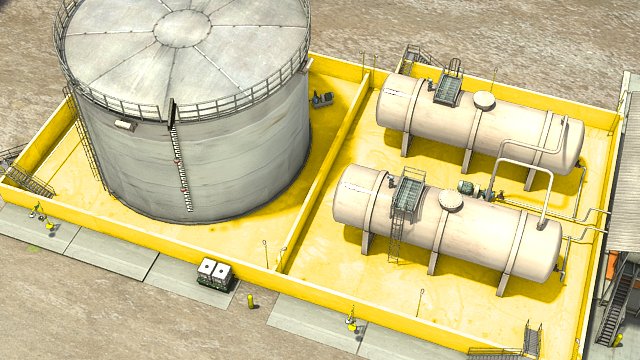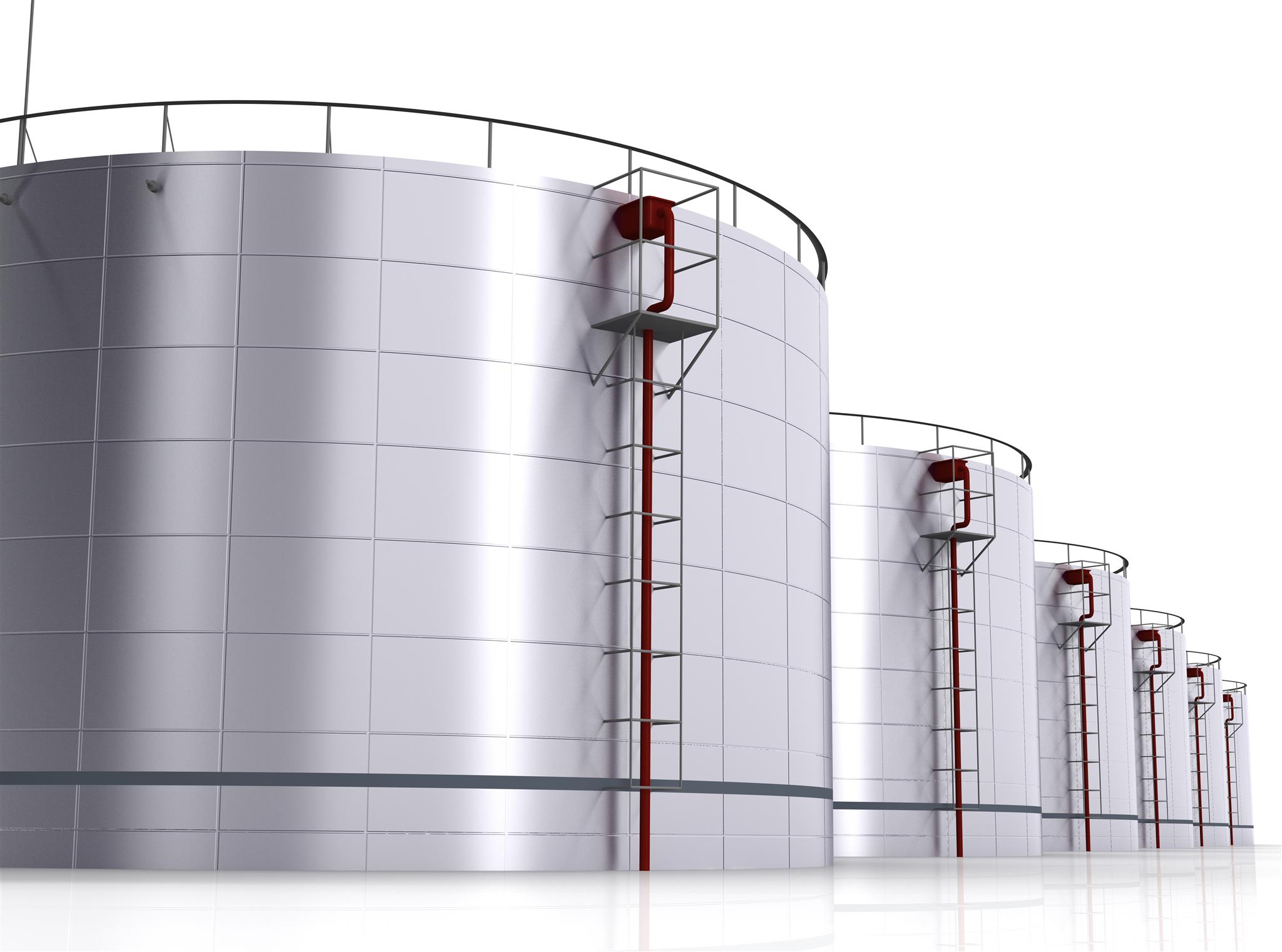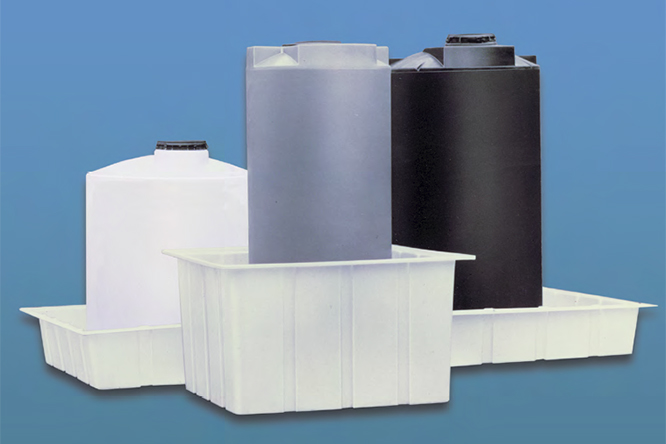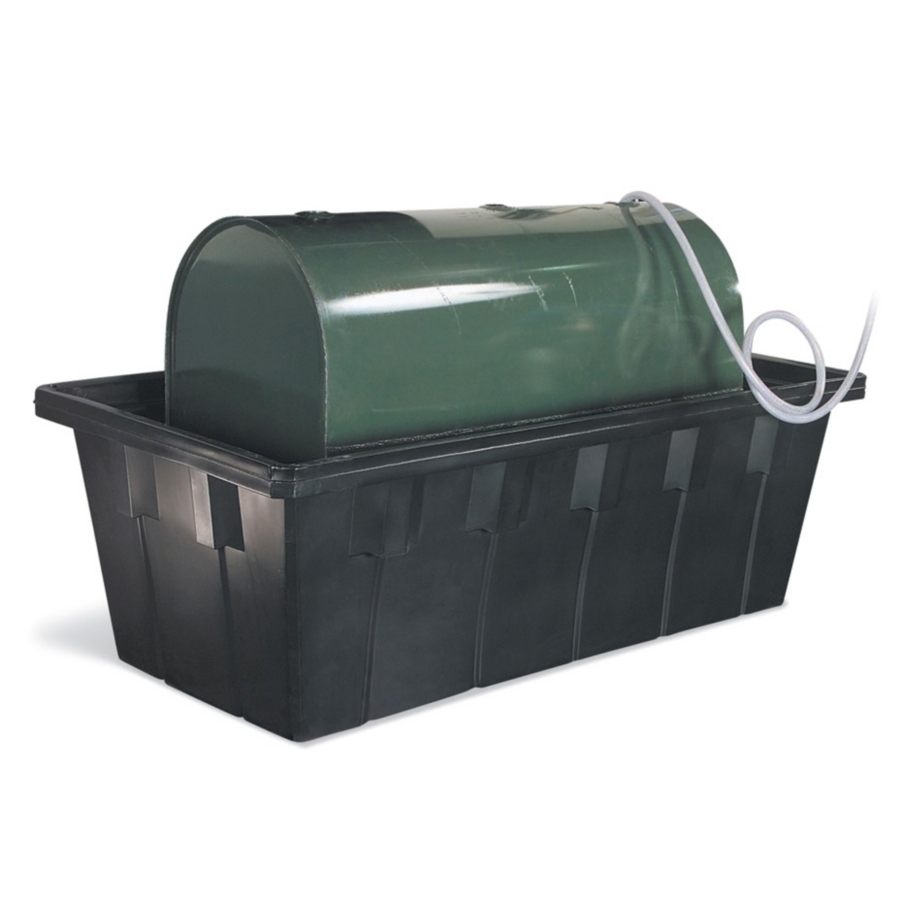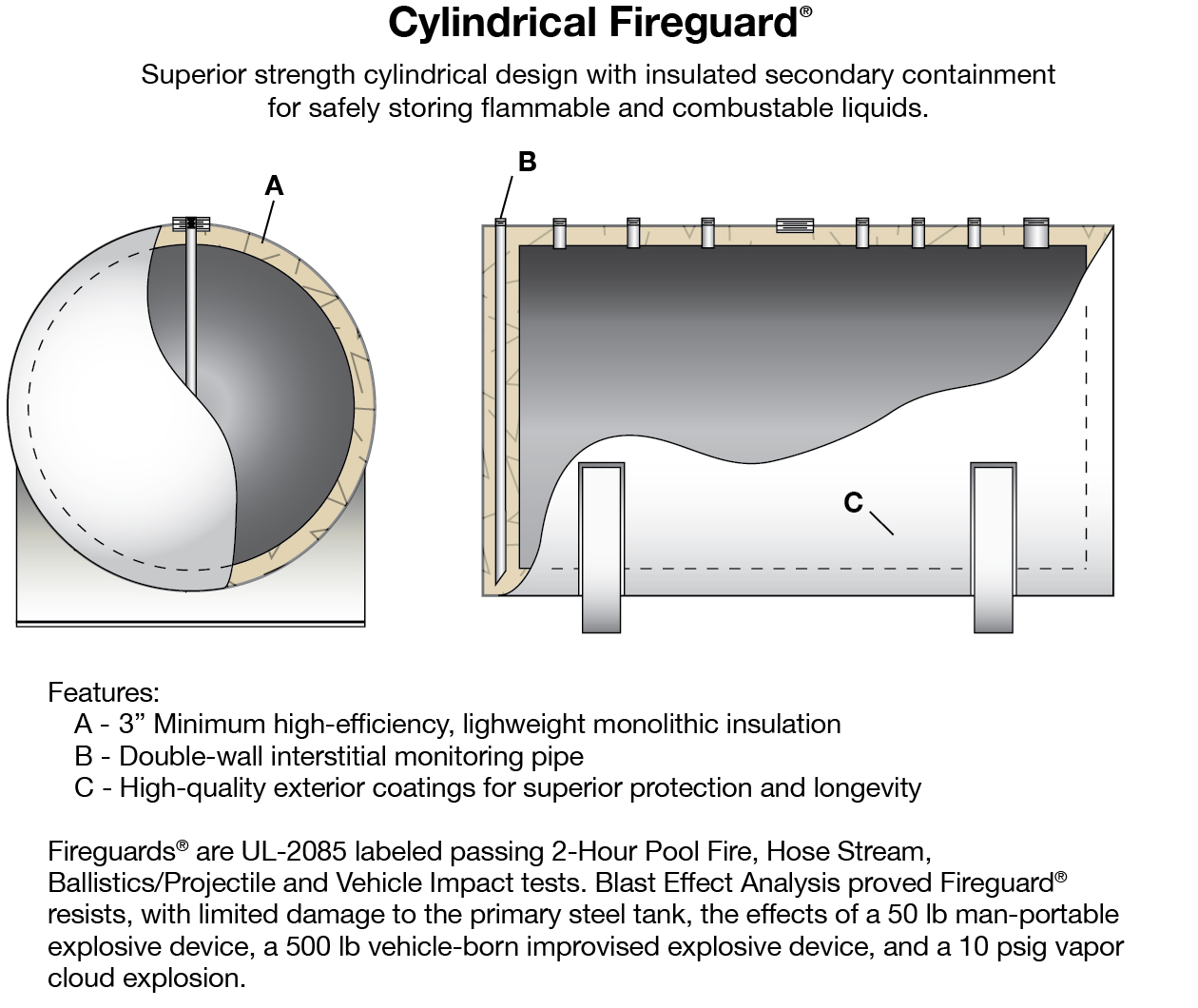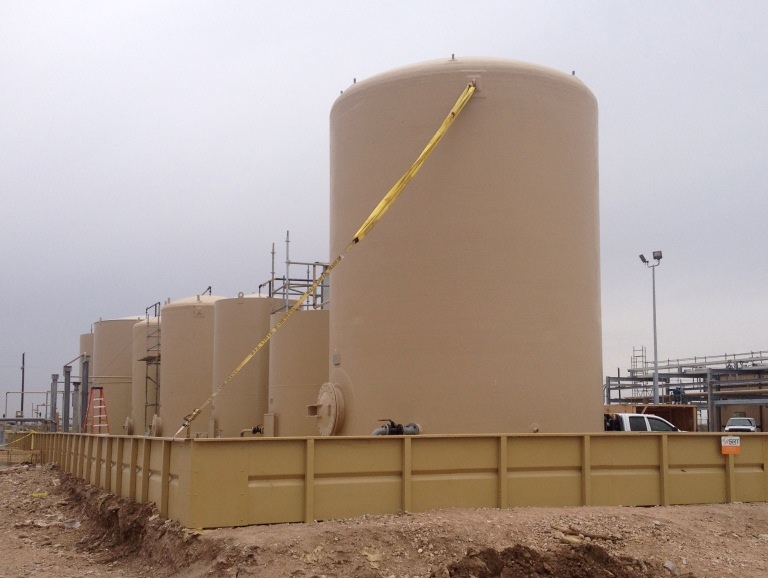These secondary systems must have sufficient volume to hold all of the primary tank s liquid capacity plus a hefty extra percentage to ensure proper containment.
Do double wall tanks need secondary containment.
In 1992 we recognized that a shop built double wall ast with a capacity generally less than 12 000 gallons that was installed and operated with protective measures other than a secondary containment dike might meet the secondary containment requirements of 112 7 c.
The local consultant did not believe that the double walled frac tanks met the secondary containment requirements of 40 cfr part 112 7 and went as far as stating in the spcc plan that the installation was non compliant with these requirements.
Typically secondary storage will be a dike system concrete vault or double wall steel storage tank.
Having double walled tanks or other devices that could prevent a release such as man made berms dikes and barriers does not exempt a facility from needing an spcc plan 40 cfr 112 1 d 1 i.
In most areas the use of a double wall tank with closed containment exempts you from the need to have containment that is over the capapcity of the primary storage tank.
One of the biggest disadvantages of single wall fuel tanks is that you need the secondary containment.
In areas that get much rain that could mean 150 secondary containment capacity or more.
Double wall storage tanks and secondary containment systems provide protection against hazardous chemical spills double wall tanks imt provide the best protection against hazardous chemical spills into the environment.
Diked tanks can provide secondary containment but must be shielded from the rain.
Shop built double walled or double hulled aboveground storage tanks asts may be used for secondary containment purposes as long as they are operated with certain protective measures.
Inner tank dome overlaps outer tank sidewall to prevent rainwater snow and debris from entering into the containment basin.
That can end up costing your business a very serious amount of money.
Subpart i use and management of containers 40 cfr 264 175 which covers portable storage containers such as 55 gallon drums for hazardous waste and the second in subpart j tank systems 40 cfr 264 193 which covers large stationary containers.

